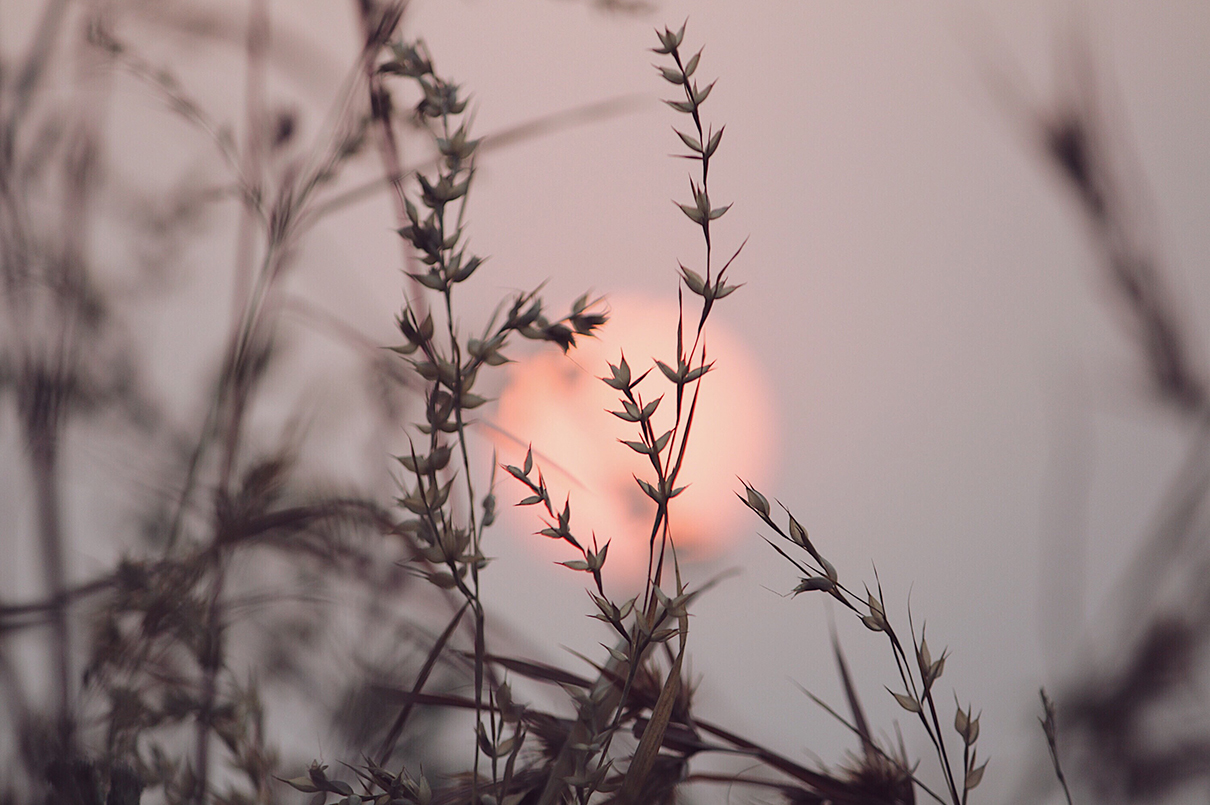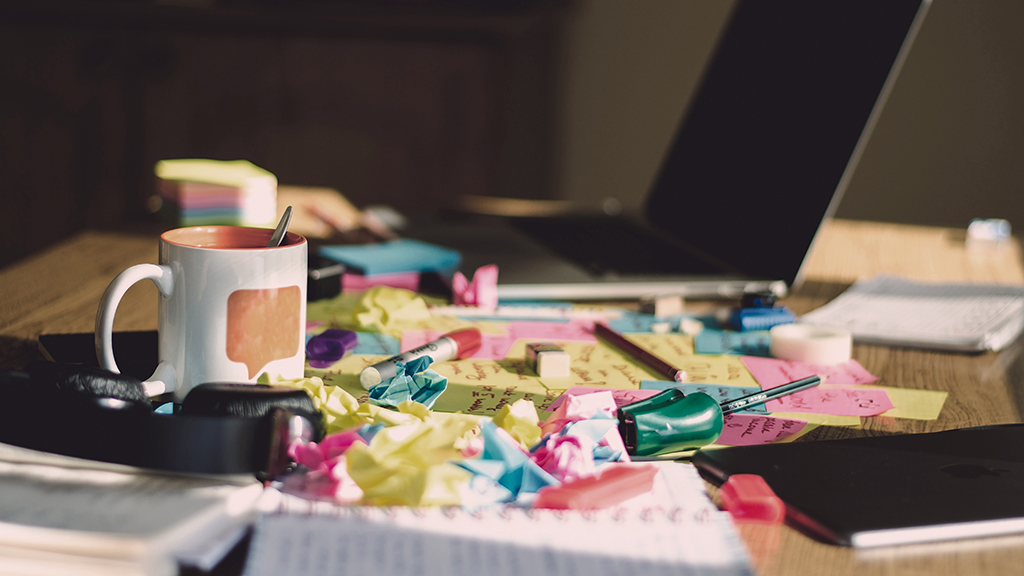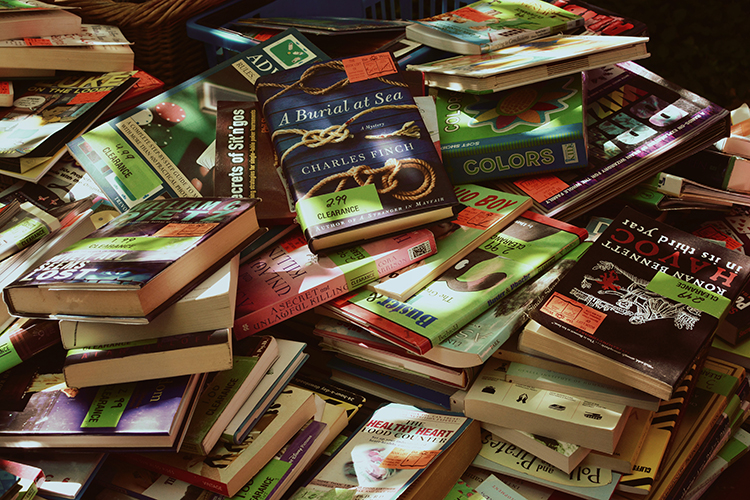



Decluttering is more than just the act of discarding material possessions. It is also an experience that helps us rebalance ourselves

Change of seasons is a time of transition. At such times it is good to align ourselves, internally and externally, with the seasonal change. In many old cultures one of the traditions associated with this time of transition is the ritual of getting the house in order; referred to as ‘spring cleaning’ in the nomenclature of today. One of the most important rituals of Diwali is the cleaning up of the home. It is done as a rite, to prepare for the arrival of Goddess Lakshmi, the harbinger of material wealth and wisdom. In China it is the custom to tidy homes before the Chinese New Year symbolizing new beginnings. The Khaneh-Tekani ritual of Iran, dating back to Babylon, literally means “shaking the house” and involves a rigorous process of cleaning. In Europe, and by extension North America, there is the tradition of an annual house cleaning, performed at the end of Winter, in springtime and it is from this that we have the modern-day term – Spring Cleaning.
Traditions of cleaning have been a part of many cultures across the world. But more than cleaning, our lives today require decluttering. Because accumulation seems to have become a way of life. Increasingly, our homes and lives are suffocating under the weight of our accumulated clutter. Along with the traditional rituals of cleaning we have inherited, we need to create our own rituals of decluttering.
Decluttering is more than just the act of discarding material possessions. It is also an experience that helps us rebalance ourselves.
Clutter in its most basic form is physical. Clothes that we don’t wear anymore; piles of books that we will not read again; the debris of unfinished projects, etc. But clutter is also more than what meets the eye. There is also emotional clutter – from negative thoughts and ideas to toxic relationships. Our emotional baggage often fuses with our material belongings to create clutter. ‘The Influence of Emotional Reactivity on Clutter’ was a recent study that researched the link between our emotional state and our clutter. Clutter is also often indicative of emotional imbalance or inner turmoil. When we are upset or unhappy, we tend to hold on to things, adding to clutter.
Physical and emotional clutter are also visible in our virtual lives. Photos, documents, e-mails, chats, screenshots—all of these can create an overwhelming pile of digital clutter. Increasing memory on our virtual clouds and smartphones only enables us to store more of this mess. The question that needs to be asked then is, how does this clutter – physical, emotional and digital – affect our wellbeing?
Neuroscientists have found that clutter negatively impacts our mind. It is like static energy. Studies have found a significant link between clutter and procrastination. On noticing clutter, our brain’s focus shifts from the task at hand to clearing the mess around us. This creates a false sense of productivity while the original task remains unaccomplished.

We need a new equation for happiness, where mindless accumulation doesn’t validate us.
Another study revealed that clutter increases cortisol production, a stress hormone, in our body. This was especially the case for people who identified their homes as cluttered. Their cortisol levels increased in the mornings and remained high throughout the day.
But our mental and physical wellbeing is not all that is being affected. The ecological impact of clutter is beginning to be studied intensively. The ‘Story of Stuff’ – a short, animated movie – says that in a hyper-consumption society like North America only 1% of the products bought are still in use six months later. And this is the lifestyle that the rest of the world aspires to. A simple check in our own homes can reveal that most often our retail therapy sessions and whimsical buys only end up contributing to clutter in the long-run.
Consumption is marketed as a source of joy and as a lifestyle. However, mindless consumption is making us more prone to anxiety and even depression. Richard Easterlin was the first researcher to prove this scientifically. James Wallman, an author, refers to this as ‘stuffocation’ in his book ‘Stuffocation: Living More with Less’. He compares ‘stuffocation’ – stuffing our lives and surroundings with things – to obesity. According to Wallman, we need a new equation for happiness, where mindless accumulation does not validate us. And discarding clutter is an integral part of this mindset and by extension, this lifestyle.
Recently decluttering has come into mass focus thanks to Marie Kondo’s book on decluttering ‘The Life Changing Magic of Tidying Up’, which became a bestseller. It was soon picked by Netflix, for a show called ‘Tidying Up with Marie Kondo’. Kondo calls decluttering a “dialogue with oneself”. Which should be done, like meditation, in solitude. And has the power to change our thoughts and life.
Kondo’s method of decluttering advices one to declutter by category and keep only “what sparks joy”. Wallman, on the other hand, suggests bagging up your unnecessary belongings and storing them for a month to see if you required any of them. He asks one to keep the necessities and donate the rest. Bulbul Mankani, an author and wellness coach, says that a proper storage system is also important. We need to assign a proper space for everything and place things back every time we use them. And this helps keep clutter at bay.
But as we declutter, we also need to think about conscious consumption. We cannot get rid of one pile of clutter only to add more of it. At the same time, controlling our cycle of consumption also serves the larger purpose of environmental sustainability – giving us all the opportunity to help save our planet.